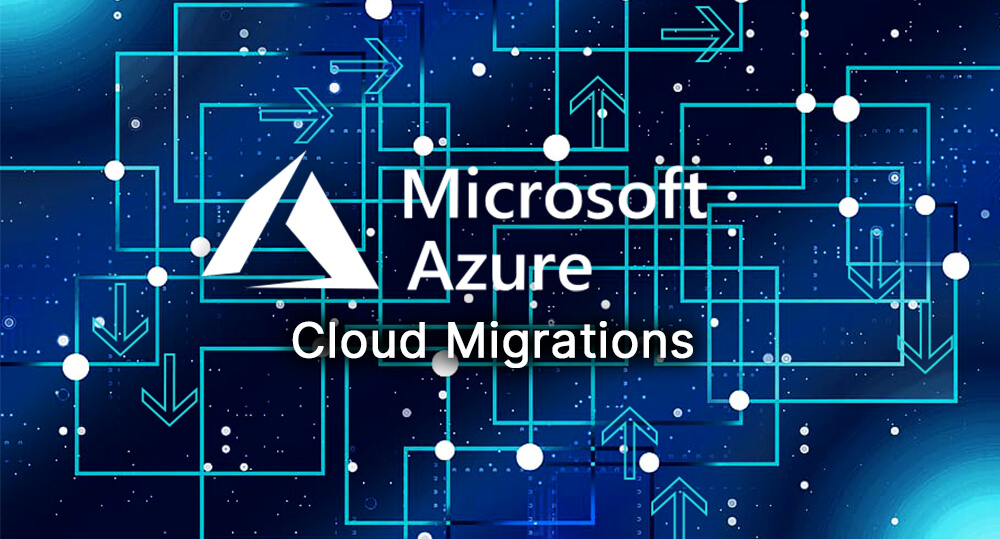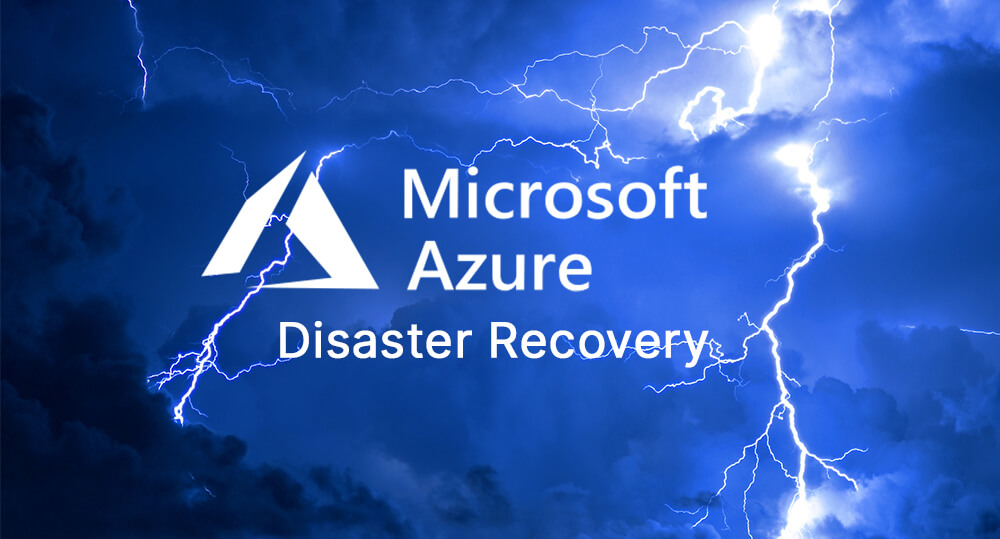■ Export price index, all industries, not seasonally adjusted
■ Import price index, all industries, not seasonally adjusted
Source: U.S Bureau of Labor Statistics
Charts: TradingView Lightweight Charts
Certified Microsoft Azure Systems Administrator. Bachelors of Science in Computer Information Systems with an emphasis in cybersecurity.
Over a decade of experience designing, architecting, engineering, and supporting IT computer systems and networks in enterprise environments.
Now releasing the knowledge to like-minded individuals to progress the arts and sciences.
■ Export price index, all industries, not seasonally adjusted
■ Import price index, all industries, not seasonally adjusted
Source: U.S Bureau of Labor Statistics
Charts: TradingView Lightweight Charts
■ Export price index for BEA End Use, All commodities, not seasonally adjusted
■ Import price index for BEA End Use, All commodities, not seasonally adjusted
Source: U.S Bureau of Labor Statistics
Charts: TradingView Lightweight Charts

Microsoft Azure offers a free trial which is a great resource for anyone looking learn cloud computing at a low cost. The Azure free trial allows you to set up Azure virtual networks, virtual machines, and cloud storage.
To sign up for the Azure free trial, all that is required is a email and credit card.

Security is not a one-size-fits all solution, it requires a customized, multi-layered approach with continuous monitoring.
The core principles of cybersecurity are Confidentiality, Integrity, and Availability.
Achieving these security best practices depend upon the assets and services being protected, the constraints, level of compliance, and risk tolerances of the company. As such, IT security policies can vary greatly from one environment to the next.
Securing Azure resources can be broken down into these major disciplines:
In this article we will introduce a checklist for Azure cloud security best practices.

Migrating online services to the cloud can sound like a headache but there are tools and strategies to help you along the way.

Disaster recovery strategies are important for any business to protect its digital assets and continue business operations during a failure or disaster.
A disaster recovery plan will ensure your files are backed up and allow you to recover data stored on Azure VMs, services, and databases.
Restoration is not immediate. When designing a disaster recovery strategy, it is important to evaluate the following:
Everyone wishes for these to be zero, but that is an ideal that would be very expensive and almost impossible.
It is important that businesses draft a set of realistic plans and procedures to execute in the event of a disaster.
Everyone has a plan until they get punched in the mouth.
Mike Tyson

Cloud platforms allow businesses to create highly available and performant computing infrastructure that stands the test of time and growth.
In a global market, sales are being made 24/7 and it is important that systems are able to handle unexpected performance requirements and minimize downtime.
Depending on the business and industry, it is estimated downtime can cost a company on average $336,000 per hour.

Virtual Machines (VMs) are software emulations of physical computers hosted on Microsoft infrastructure, including virtual processors, memory, storage, and networking.
Virtual machines are Infrastructure as a Service that provides you complete control over operating systems running on virtualized servers. They can be deployed and managed in three ways:
Below you will learn how to create an Azure virtual machine and the different steps involved.

Azure compute services can generally be placed into three different categories:
Each type of service solves different needs and offers different levels of control and pricing.
In these next articles we will review the different compute options offered by Azure and discuss the advantages and disadvantages of each service offering.

When designing a modern network, the engineer must account for failure. There are four main pillars of design that make for great architecture.
Availability: The system must be highly available so that it can be accessed by users all times of the day.
Scalability: The system must be performant and adaptable to unpredictable changes in demand.
Reliability: The system must be maintainable and resilient to failure.
Security: The system needs to be defensive and protected from unauthorized access.
There are various strategies to address each one of these factors, below we will explore common architectures of Azure networks.